Zholtochnik-blog - I Am The Shepherd
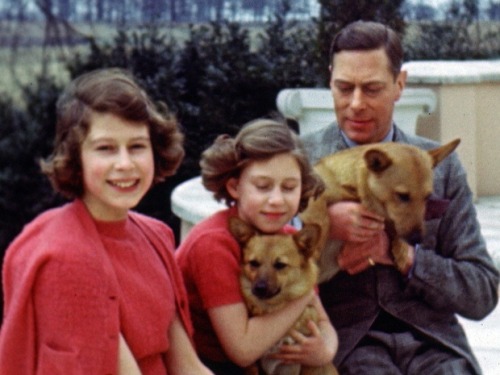
More Posts from Zholtochnik-blog and Others
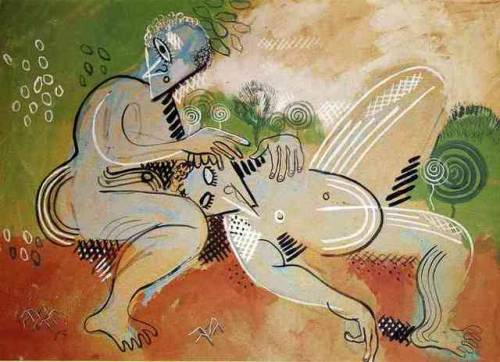
Idyll, 1927, Francis Picabia
Medium: gouache,cardboard

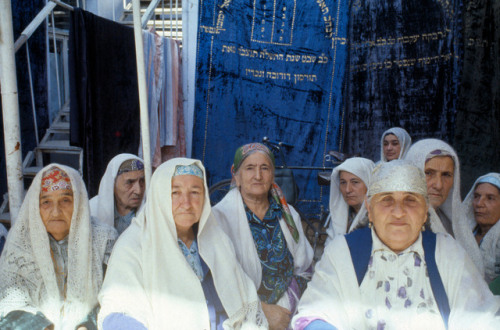
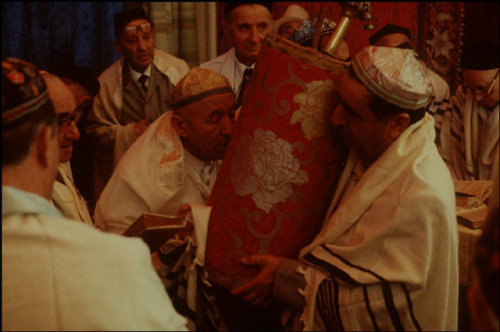
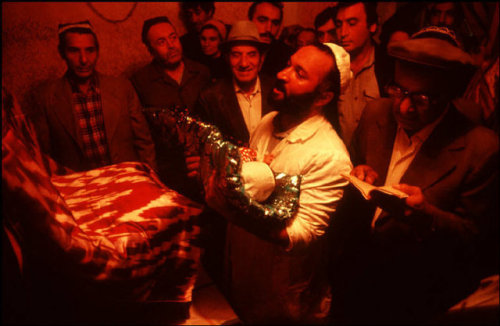

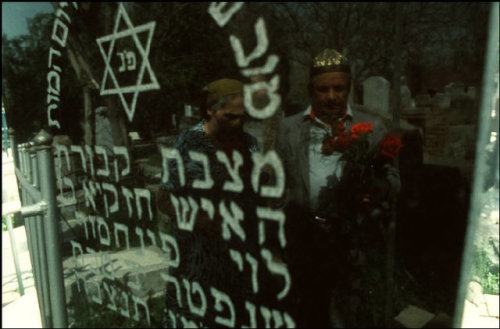
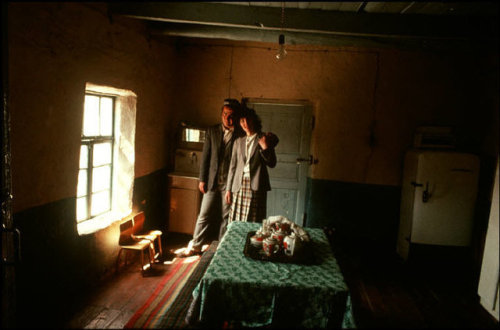
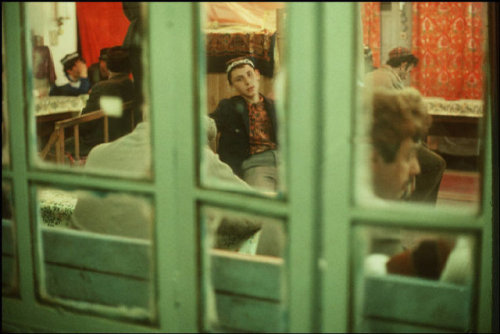
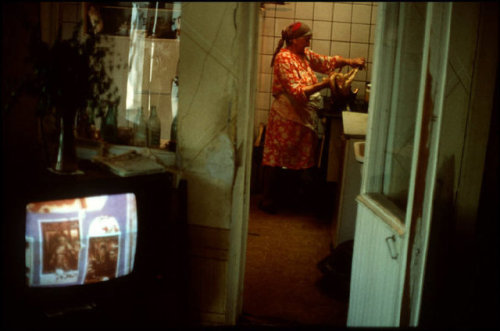
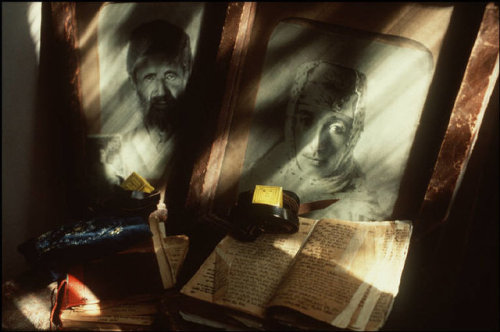
The Jewish people of Uzbekistan photographed by Gueorgui Pinkhassov
“The term Bukharan was coined by European travelers who visited Central Asia around the 16th century. Since most of the Jewish community at the time lived under the Emirate of Bukhara, they came to be known as Bukharan Jews. The name by which the community called itself is “Isro'il” (Israelites).
The appellative Bukharian was adopted by Bukharan Jews who moved to English-speaking countries, in an anglicisation of the Hebrew Bukhari. However, Bukharan was the term used historically by English writers, as it was for other aspects of Bukhara.
Bukharan Jews used the Persian language to communicate among themselves and later developed Bukhori, a Tajik dialect of the Persian language with small linguistic traces of Hebrew. This language provided easier communication with their neighboring communities and was used for all cultural and educational life among the Jews. It was used widely until the area was “Russified” by the Russians and the dissemination of “religious” information was halted. The elderly Bukharan generation use Bukhori as their primary language but speak Russian with a slight Bukharan accent. The younger generation use Russian as their primary language, but do understand or speak Bukhori.
The Bukharan Jews are Mizrahi Jews and have been introduced to and practice Sephardic Judaism.
The first primary written account of Jews in Central Asia dates to the beginning of the 4th century CE. It is recalled in the Talmud by Rabbi Shmuel bar Bisna, a member of the Talmudic academy in Pumbeditha, who traveled to Margiana (present-day Merv in Turkmenistan) and feared that the wine and alcohol produced by local Jews was not kosher. The presence of Jewish communities in Merv is also proven by Jewish writings on ossuaries from the 5th and 6th centuries, uncovered between 1954 and 1956.”
you belong somewhere. one day, in some place (probably unknown to you now), you will feel at home. you will feel loved. you will feel like you belong, which is what you have been waiting for. it is coming please don’t worry about it too hard right now. when you are there you will know. i love you, you will feel at home soon.
character: *falls asleep in a chair or at a desk from sheer exhaustion*
their love interest: *places a blanket over their shoulders, gently to avoid disturbing them*
me:

their love interest: *picks them up and bridal carries them to a more comfortable surface while their head nods against their shoulder/chest*
me:



Ta-dah!

Roma women, 1949, Sweden.
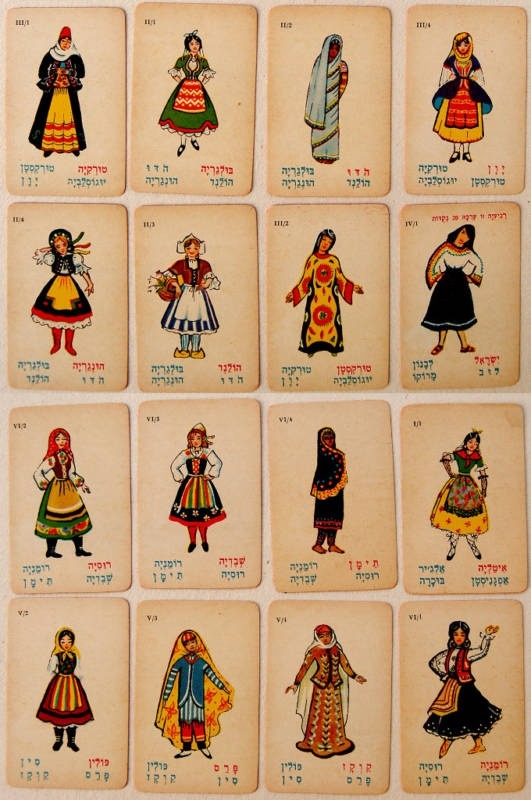
Vintage set of playing cards depicting Jewish women’s folk costumes from around the world. The countries, fro right to left, are as follows:
First row: Turkey, Bulgaria, Hodu (India), Yazan (Wiesen; could be Switzerland, Austria, or Bavaria, apparently)
Second row: Hungaria, Holland, Turkmenistan, Israel
Third row: Russia, Serbia (fun fact: for a second I misread it as Siberia), Teiman (Yemen), Italy
Fourth row: Poland, (This one I can’t entirely read, but I think it says Paras, or Persia. Interestingly, it looks more like Uzbek clothing), Kavkaz (the Caucasus), Romania











The Firebird segment — Fantasia 2000 (1999)
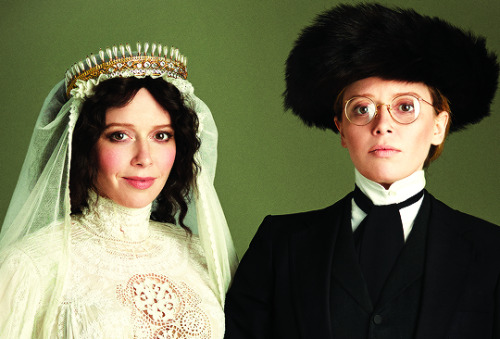






Natasha Lyonne photographed by Annabel Mehran for Tablet Magazine.
-
 walkersarms liked this · 1 month ago
walkersarms liked this · 1 month ago -
 purpletopaz liked this · 1 month ago
purpletopaz liked this · 1 month ago -
 old-school-new-world reblogged this · 1 month ago
old-school-new-world reblogged this · 1 month ago -
 lowersideband liked this · 1 month ago
lowersideband liked this · 1 month ago -
 dieselwayfarer liked this · 1 month ago
dieselwayfarer liked this · 1 month ago -
 old-school-new-world reblogged this · 1 month ago
old-school-new-world reblogged this · 1 month ago -
 ronknee59 reblogged this · 2 months ago
ronknee59 reblogged this · 2 months ago -
 menschen-legenden2 reblogged this · 4 months ago
menschen-legenden2 reblogged this · 4 months ago -
 darrinjoakley liked this · 6 months ago
darrinjoakley liked this · 6 months ago -
 elisabethrogg liked this · 6 months ago
elisabethrogg liked this · 6 months ago -
 oceancentury liked this · 11 months ago
oceancentury liked this · 11 months ago -
 loveshetlands liked this · 1 year ago
loveshetlands liked this · 1 year ago -
 lighthouses513-blog liked this · 1 year ago
lighthouses513-blog liked this · 1 year ago -
 guy60660 liked this · 1 year ago
guy60660 liked this · 1 year ago -
 heathgallerysandiego liked this · 1 year ago
heathgallerysandiego liked this · 1 year ago -
 thoreauartdesign reblogged this · 1 year ago
thoreauartdesign reblogged this · 1 year ago -
 thoreauartdesign liked this · 1 year ago
thoreauartdesign liked this · 1 year ago -
 garuda606 liked this · 1 year ago
garuda606 liked this · 1 year ago -
 look-sharp-notes liked this · 1 year ago
look-sharp-notes liked this · 1 year ago -
 megadimos liked this · 1 year ago
megadimos liked this · 1 year ago -
 rakinino liked this · 1 year ago
rakinino liked this · 1 year ago -
 wehadfacesthen liked this · 1 year ago
wehadfacesthen liked this · 1 year ago -
 simonereginaworld-blog liked this · 1 year ago
simonereginaworld-blog liked this · 1 year ago -
 kilkennyhunt liked this · 1 year ago
kilkennyhunt liked this · 1 year ago -
 gjnrock liked this · 2 years ago
gjnrock liked this · 2 years ago -
 chakjoe liked this · 2 years ago
chakjoe liked this · 2 years ago -
 liveswithdogs reblogged this · 2 years ago
liveswithdogs reblogged this · 2 years ago -
 liveswithdogs liked this · 2 years ago
liveswithdogs liked this · 2 years ago -
 the-clouds-oer-elysium liked this · 2 years ago
the-clouds-oer-elysium liked this · 2 years ago -
 flyestofemall liked this · 2 years ago
flyestofemall liked this · 2 years ago -
 tiktaktiktakbonbon liked this · 2 years ago
tiktaktiktakbonbon liked this · 2 years ago -
 pervincadelleforre liked this · 2 years ago
pervincadelleforre liked this · 2 years ago -
 onefootin1941 reblogged this · 2 years ago
onefootin1941 reblogged this · 2 years ago -
 feenarchiv reblogged this · 2 years ago
feenarchiv reblogged this · 2 years ago -
 orchideennacht liked this · 2 years ago
orchideennacht liked this · 2 years ago -
 enchantedengland liked this · 3 years ago
enchantedengland liked this · 3 years ago -
 celebriteez reblogged this · 3 years ago
celebriteez reblogged this · 3 years ago -
 buggsbunny26 liked this · 4 years ago
buggsbunny26 liked this · 4 years ago -
 senka-chan liked this · 4 years ago
senka-chan liked this · 4 years ago -
 princessvictoriamelita liked this · 4 years ago
princessvictoriamelita liked this · 4 years ago -
 itgoesbyquickly liked this · 4 years ago
itgoesbyquickly liked this · 4 years ago -
 mk4by4 liked this · 4 years ago
mk4by4 liked this · 4 years ago
Jewish • I like psychiatry and anthropology and linguistics
114 posts